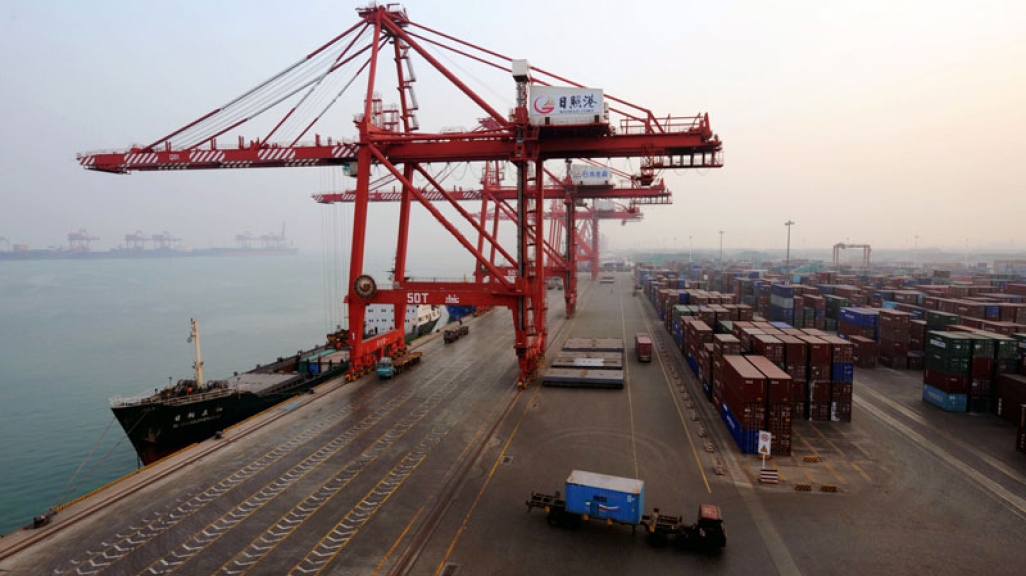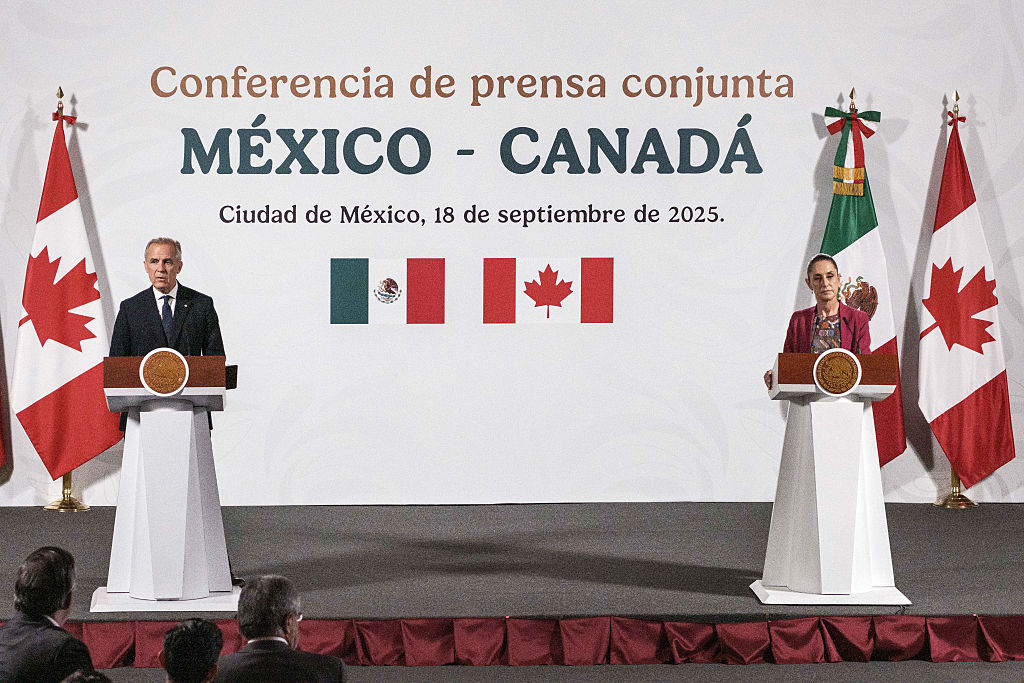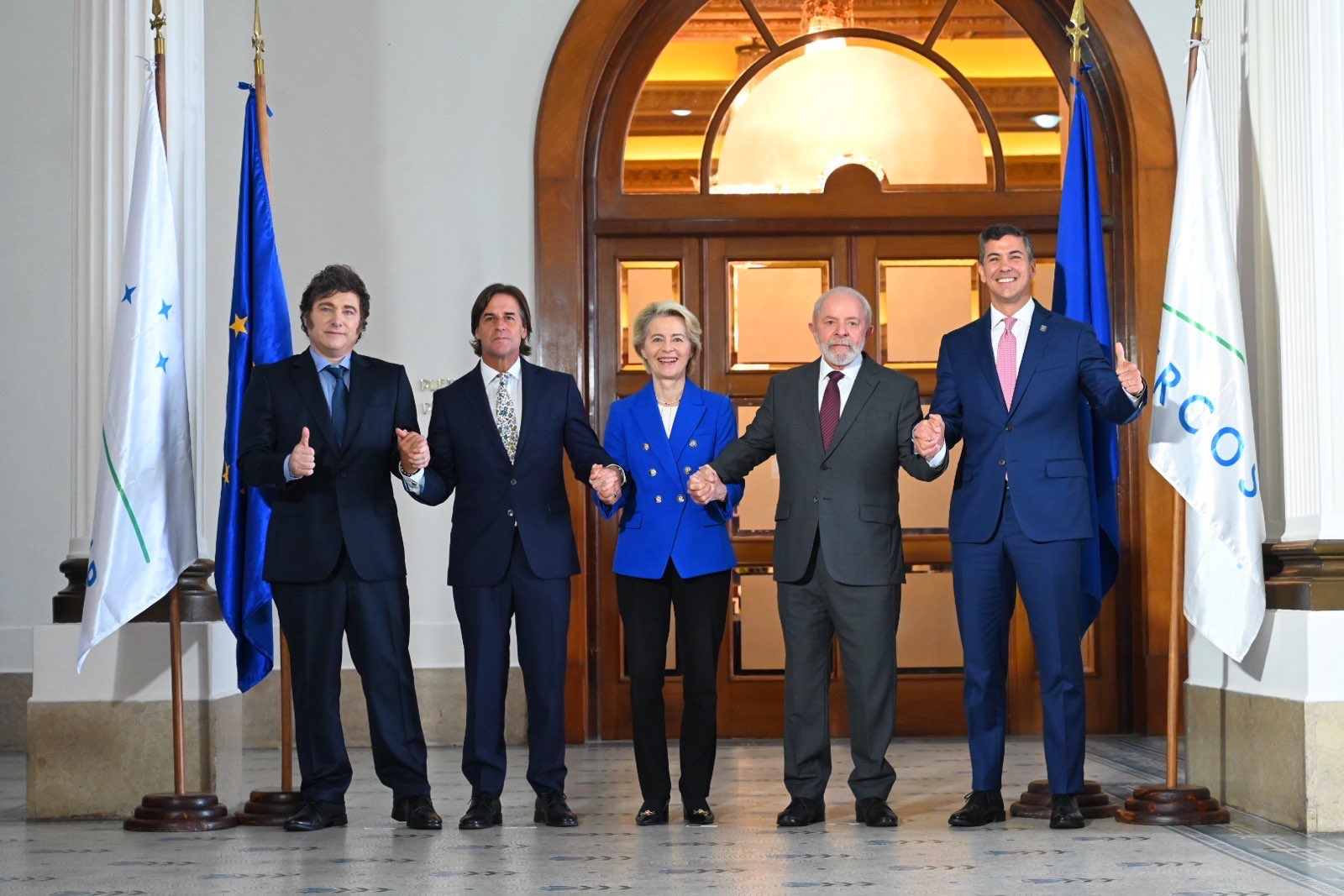As the U.S. Pulls Up Hemispheric Stakes on Trade, China Rushes In
As the U.S. Pulls Up Hemispheric Stakes on Trade, China Rushes In
China’s entry into Latin America offers opportunities to diversify beyond reliance on the U.S. market, writes AS/COA’s Eric Farnsworth for China-US Focus.
Strategic economic relations in the Pacific region including the Western Hemisphere are transitioning rapidly. Exhibit A: China President Xi Jinping’s November travel to South America. In Peru for the annual APEC leaders meeting, Xi celebrated a state visit and also went to Ecuador and Chile, declaring both to be “comprehensive strategic partners” of China. But this latest trip went well beyond a series of bilateral meetings and Beijing’s continued methodical courting of Latin America and the Caribbean. Coupled with Washington’s simultaneous pullback from the Trans-Pacific Partnership and perceptions of broader U.S. disinterest in international trade and investment promotion, Xi’s travel consciously positioned China as the protector of open markets in the Pacific while offering a new framework for trade relations supplanting U.S. leadership.
This gambit is strategically significant. China’s entry into Latin America since the beginning of the century has altered regional dynamics, providing opportunities for Latin American and Caribbean nations to diversify beyond a traditional reliance on the U.S. market. Indeed, several including Brazil, Chile, Peru, and others count China as their top trade partner and a major inbound investor. To this point, however, despite growing Chinese engagement, there has not been much serious consideration given to the potential for efforts by Beijing to seize the regional economic initiative away from Washington.
That is, until APEC leaders gathered in Peru on November 19 and 20, 2016, for their annual summit. Relaxed and confident, Xi delivered a speech to business and political leaders that can only be described as ambitious and expansive, promoting China’s interests in a global trading system and promising to lead the effort against protectionism. He strongly supported renewed progress toward the long-mooted Free Trade Area of the Asia Pacific (FTAAP), an initiative subsumed by the TPP and which includes China, whereas TPP does not. He also worked to build momentum toward the Beijing-led Regional Comprehensive Economic Partnership (RCEP), a vision for trade and economic linkage within Asia that excludes the United States....









